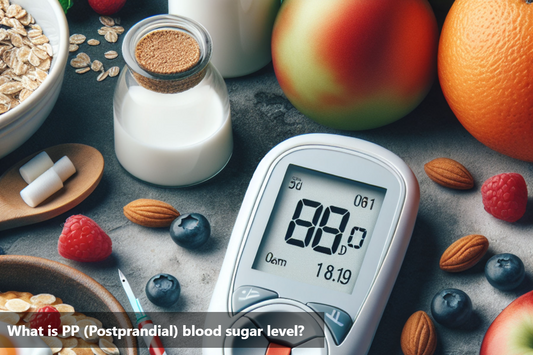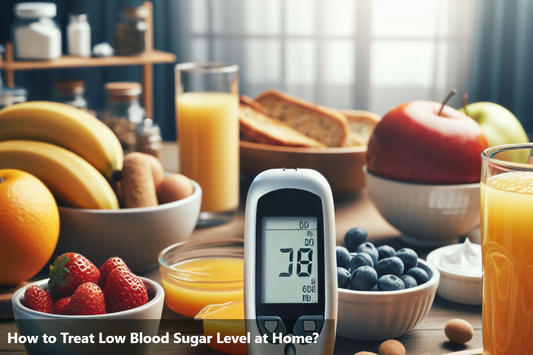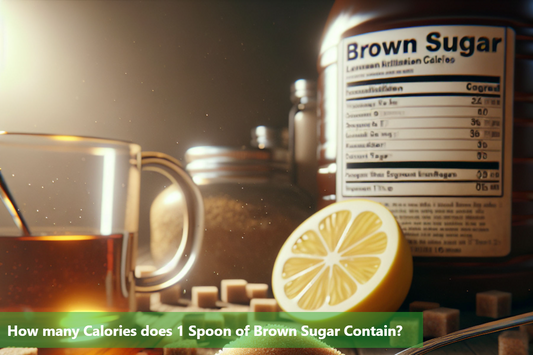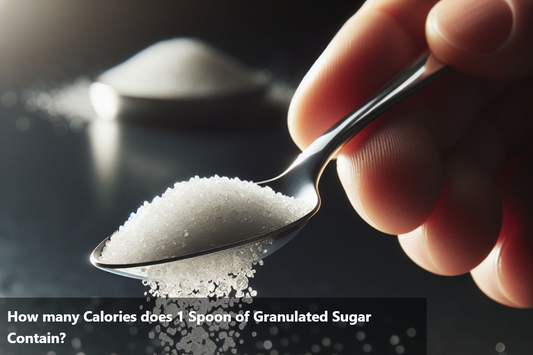Monitoring blood sugar levels post lunch is crucial for overall health. After a midday meal, blood sugar levels can fluctuate, impacting energy and health. Understanding the ideal post-lunch blood sugar range is essential. For individuals without diabetes, the recommended range is typically below 140 mg/dL. Factors like diet, exercise, and medication influence levels, making monitoring important. Regularly checking blood sugar levels after lunch helps detect abnormalities early. This can prevent complications like hyperglycemia or hypoglycemia, ensuring a better quality of life. Maintaining a healthy blood sugar range post lunch is beneficial for physical health and overall well-being. Prioritize health by effectively monitoring post lunch blood sugar levels.
What is the ideal blood sugar range post lunch?
Post-lunch blood sugar levels play a crucial role in maintaining overall health and well-being. For individuals without diabetes, the ideal blood sugar range post lunch is typically below 140 mg/dL. However, for those with diabetes, the target range may vary slightly.
Factors that can influence post-lunch blood sugar levels include the composition of the meal, timing of insulin injections for diabetic individuals, physical activity post meal, and individual variations in metabolism. It is essential to understand these factors to effectively manage blood sugar levels.
Monitoring blood sugar levels regularly after lunch can provide valuable insights into how the body responds to different foods and activities. This information helps in making informed decisions about dietary choices and lifestyle modifications to keep blood sugar within the recommended range.
By staying within the ideal blood sugar range post lunch, individuals can reduce the risk of hyperglycemia or hypoglycemia, thereby promoting better long-term health outcomes. Consulting a healthcare provider for personalized guidance on managing post-lunch blood sugar levels is advisable, especially for individuals with diabetes.
Maintaining blood sugar levels within the recommended range post lunch is a proactive step towards achieving optimal health and well-being.
Tips for maintaining healthy blood sugar levels post lunch
After lunch, it's crucial to keep a close eye on your blood sugar levels to ensure they stay within the ideal range. Here are some practical tips and strategies that can help you manage your post-lunch blood sugar effectively:
-
Balanced Meal Planning: Opt for a well-balanced lunch comprising lean proteins, high-fiber carbohydrates, and healthy fats. This combination can help slow down the absorption of sugar into the bloodstream.
-
Portion Control: Be mindful of portion sizes to avoid drastic spikes in blood sugar levels post lunch. Use smaller plates, and listen to your body's satiety cues.
-
Stay Active: Engage in light physical activity after your meal, such as a short walk. Movement can assist in regulating blood sugar levels and improving insulin sensitivity.
-
Hydration: Drink an adequate amount of water throughout the day. Staying hydrated can aid in blood sugar management and prevent dehydration, which may impact glucose levels.
-
Regular Monitoring: Monitor your blood sugar levels consistently and keep a record of your readings. This practice can help you identify patterns and make necessary adjustments to your lifestyle.
-
Mindful Eating: Practice mindful eating by slowing down during meals, chewing your food thoroughly, and savoring each bite. This can prevent overeating and promote healthy digestion.
Implementing these tips into your post-lunch routine can contribute to better blood sugar control and overall well-being.
Bottom line:
In conclusion, monitoring blood sugar levels after lunch is crucial for managing overall health and wellbeing. By understanding the recommended blood sugar range post lunch and implementing necessary lifestyle changes, individuals can significantly improve their quality of life. It is important to recognize that post lunch blood sugar levels can impact various aspects of health and can contribute to long-term complications if not properly managed.
By incorporating simple tips and strategies into daily routines, such as making healthier food choices, engaging in regular physical activity, and monitoring blood sugar levels consistently, individuals can take proactive steps towards maintaining optimal post lunch blood sugar levels. These steps not only help in preventing immediate discomfort or complications but also play a vital role in enhancing long-term health outcomes.
Therefore, the significance of post lunch blood sugar monitoring cannot be understated. It serves as a foundation for better health management, allowing individuals to make informed decisions about their diet, physical activity, and overall lifestyle. Prioritizing healthy post lunch blood sugar levels is a key aspect of holistic well-being and is essential for a healthier and happier life.
FAQs:
-
What should the blood sugar level be after lunch?
After lunch, it is recommended to aim for a blood sugar level of 140 to 180 mg/dL.
-
Why is it important to monitor blood sugar after lunch?
Monitoring blood sugar after lunch is crucial in managing diabetes effectively and avoiding post-meal spikes or drops in blood sugar levels.
-
How can I keep my blood sugar in check after lunch?
To keep your blood sugar stable post lunch, it is advisable to choose a balanced meal with adequate carbohydrates, proteins, and fibers, and engage in physical activity, if possible.
-
What are the signs of high blood sugar after a meal?
Signs of high blood sugar after a meal may include increased thirst, frequent urination, fatigue, blurred vision, and slow-healing wounds.
-
When should I consult a healthcare provider if my blood sugar is high after lunch?
If you consistently have high blood sugar levels after lunch despite following a healthy diet and lifestyle, it is advisable to consult a healthcare provider for further evaluation and adjustment of your diabetes management plan.
This Blog post is an initiative by DiabeSmart, to provide accurate and Nutritionist / Doctor approved information related to Diabetes. DiabeSmart is India's first Food brand designed specifically for Diabetics, that has been clinically tested on Diabetics and Pre-Diabetics to deliver 55% - 70% lower Sugar spikes. DiabeSmart is part of Lo! Foods - India's leading brand for Everyday Functional Health foods.















